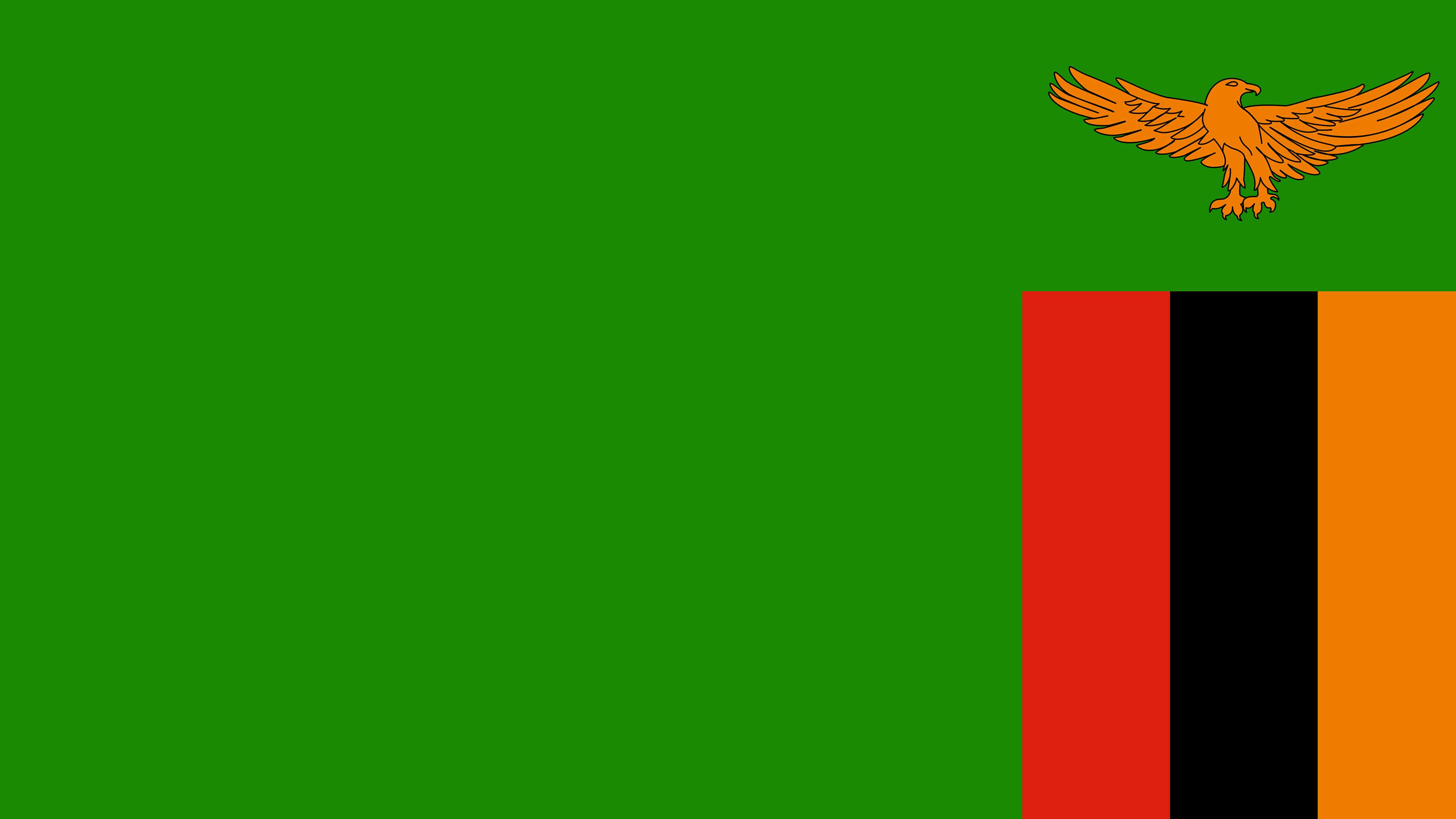Country profile
Location
Zambia is a land-linked country in Southern Africa, bordered by Angola, the Democratic Republic of the Congo, Tanzania, Malawi, Mozambique, Zimbabwe, Botswana and Namibia. Its central position connects major regional trade corridors with access to seaports on both the Indian and Atlantic Oceans via Dar es Salaam, Beira, Nacala, Durban and Walvis Bay. Lusaka is the capital and largest city.
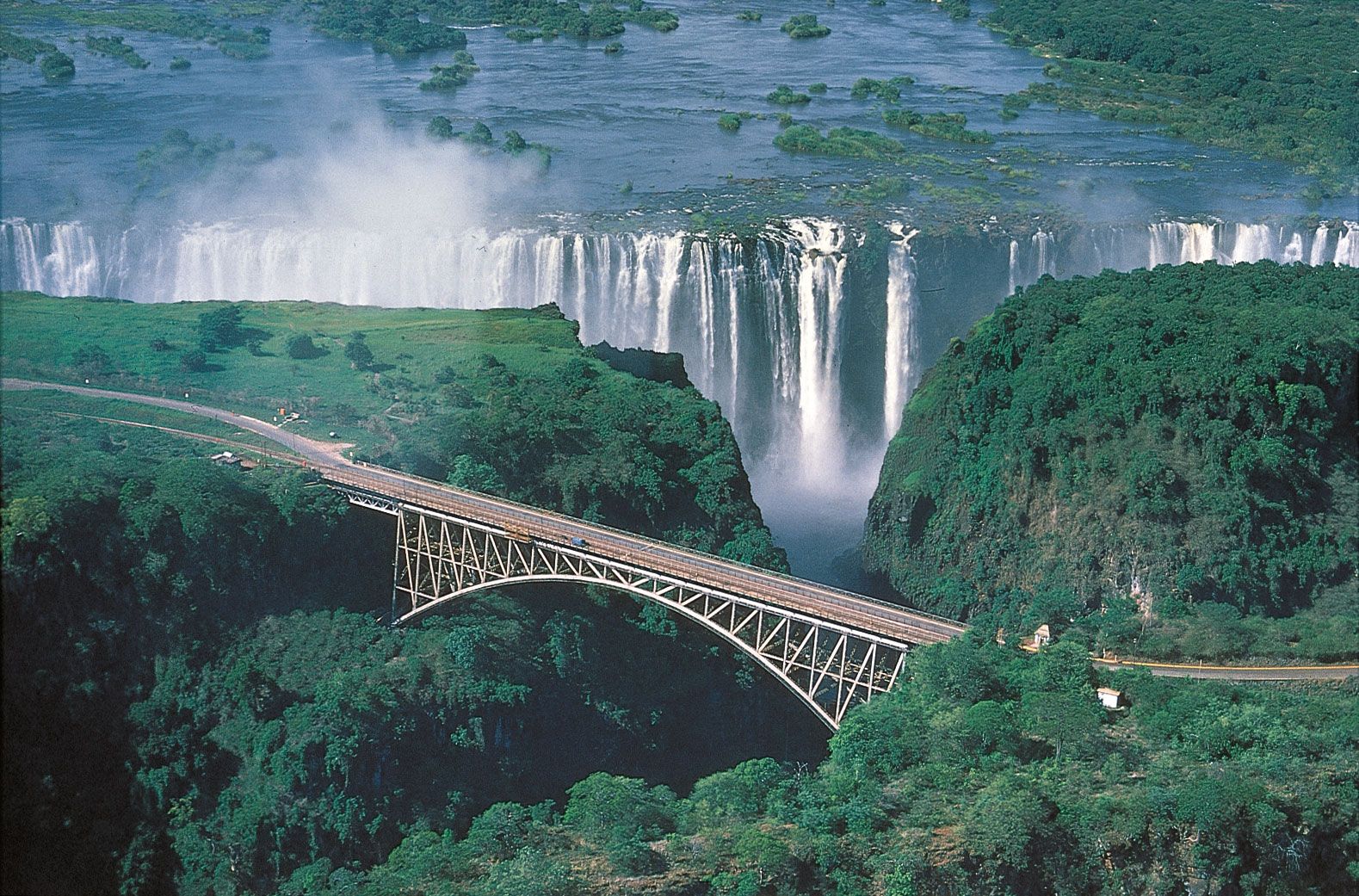
Language
The official language is English. Zambia is home to more than 70 languages and dialects; widely spoken languages include Bemba, Nyanja (Chewa), Tonga, Lozi, Lunda, and Kaonde.
Government
Zambia is a unitary presidential republic with a multi-party democratic system. The President is both Head of State and Head of Government, supported by a Cabinet and a unicameral National Assembly.
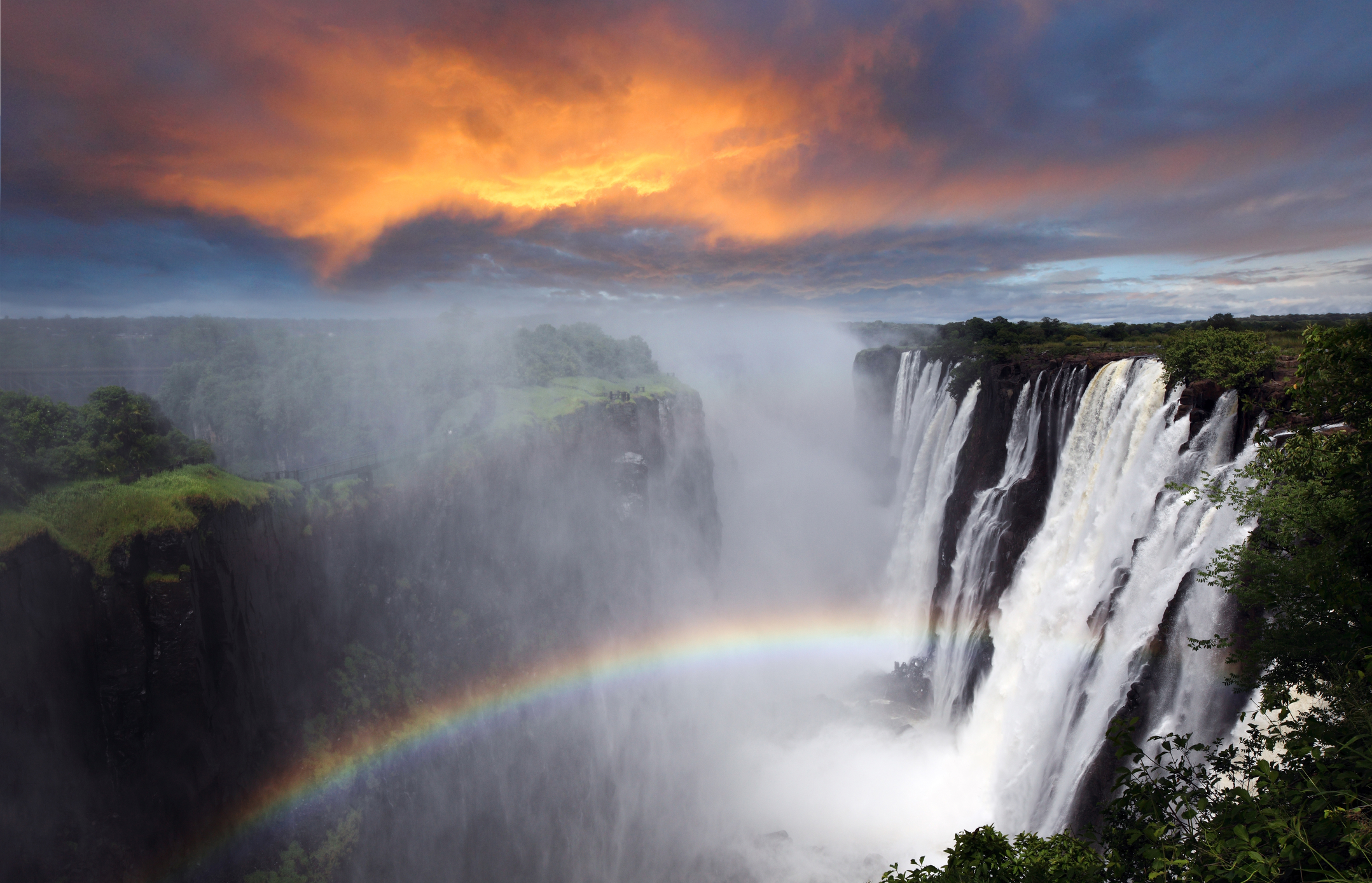
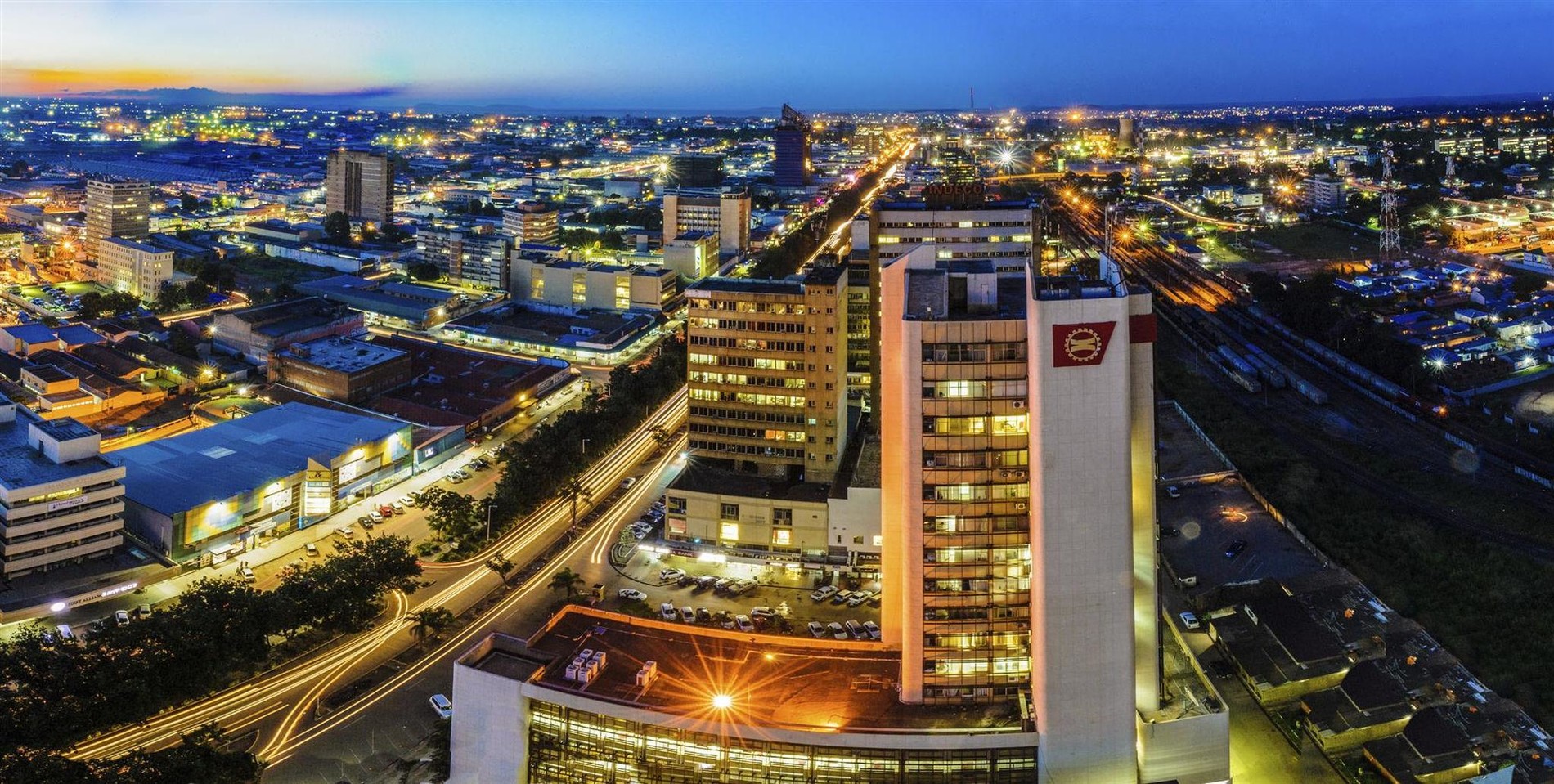
History
The area comprising modern Zambia has been inhabited for thousands of years. In the late 19th and early 20th centuries the territory became Northern Rhodesia under British rule. Zambia achieved independence in 1964. Since then, the country has developed a diversified economy centered on copper mining, agriculture, energy and services, and remains a stable and increasingly integrated member of the Southern African region.
“One Zambia, One Nation”
(Unity, Peace, and Progress)
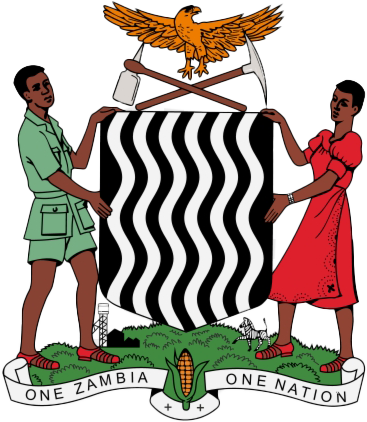
Flag
The flag of Zambia is predominantly green with an orange African fish eagle in flight above three vertical stripes of red, black and orange at the fly end. Green represents the country's natural resources and vegetation; red stands for the nation's struggle for freedom; black represents the people of Zambia; and orange symbolizes the country's mineral wealth.
